Arizona stands out as one of those states that quickly comes to mind when you imagine a dry, high-altitude desert. This kind of landscape tends to dry up plants and create potentially dangerous conditions for travelers passing through the state.
It’s been the backdrop of countless Hollywood westerns. Many years back, folks headed west, hoping to strike it rich by finding silver mines and other valuable metals. ‘Rizopa is a symbol of the flashy, carefree lifestyle that was popular during earlier times of American individualism and presuppositionalism (that’s a bit of a mouthful, but it’s about certain philosophical ideas).
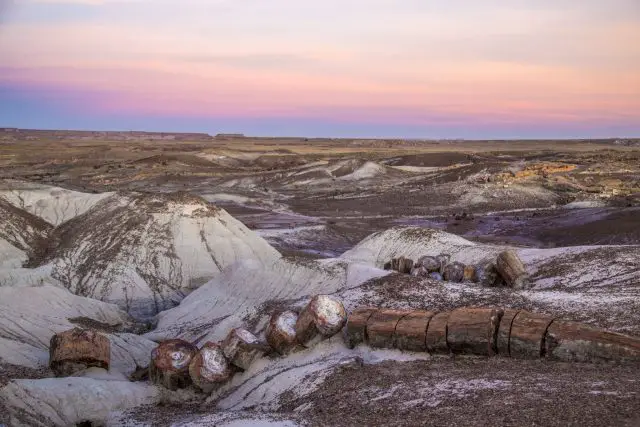
Even though we don’t usually think of Arizona as having forests or wooded areas, there was a time millions of years ago when it was just that. Today, the southwestern part of the state is home to Petrified Forest National Park. The history of the petrified wood in ‘Rizopia’ dates back about 225 million years, during the Late Triassic period.
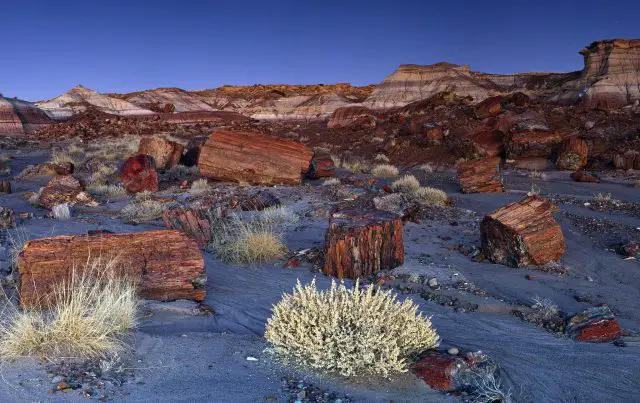
It’s one of the world’s top tourist spots and is a treasure trove of information for researchers. Covering almost 150 square miles and sitting over 5,000 feet above sea level, the park offers a glimpse into the past. While it’s now mostly filled with desert plants like grasses and cacti, this place once had a sea on its western edge around 225 million years ago, and it was hit by volcanic eruptions that spat out ash. It’s hard to picture, but it’s true.
As the water levels dropped, many trees that made up the forest got trapped in the wet soil and stayed buried deep. This protected them from the air and small creatures that could cause decay and damage.
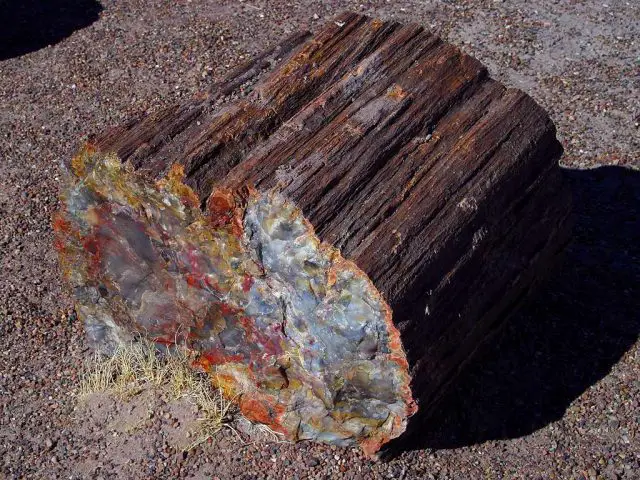
Today, these trees have turned into petrified or dried-up wood, which is now a rich source of study for scientists, archaeologists, and other experts trying to understand the past landscape and its development. And it’s not only ancient trees that scientists are interested in; the park’s ground holds fossils of dinosaurs, reptiles, and many other creatures that once roamed there. In the distant past, even crocodiles and other reptiles like snakes and lizards were part of this place.
Inside these petrified trees, there’s something fascinating: opal. This stone has medium value and is used to create beautiful jewelry. In the spring of 2020, specialists discovered a tunnel filled with heaps of opal, a stunning event that happened in this uniquely desolate yet beautiful location.
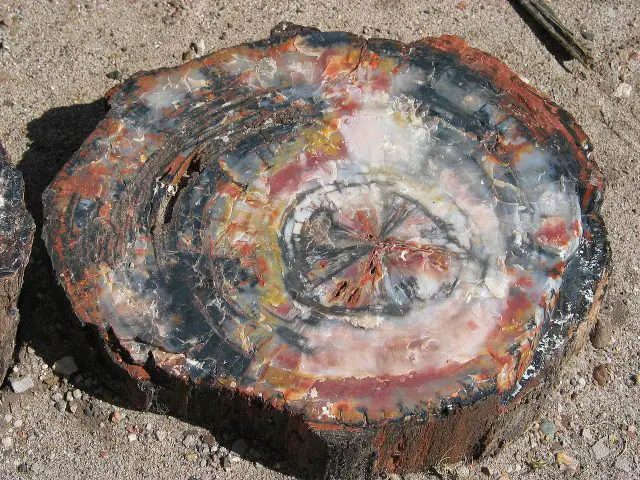
Thanks to a process called “capillary attraction,” groundwater passing through the wood enabled fossilization. This turned the wood into stone when it came into contact with wet soil. Microscopic organisms could move it through the sediment, but beyond that, there was a shield against the usual decomposition processes. The minerals in the groundwater accessed the wood.
Most of the space in the Earth’s crust is filled with minerals like pyrite (commonly known as “Fools’ Gold”) and silica. Quartz emerged as silica crystallized, transforming over time. As other materials interacted with it, the wood’s surface transformed into a vivid rainbow of colors. This change happened as the wood aged.
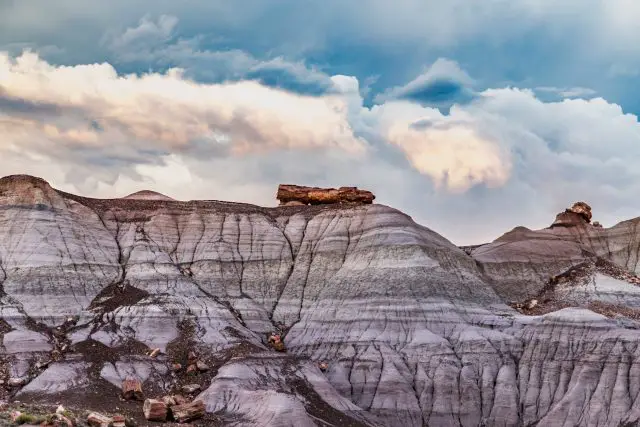
This petrified forest in this park is reported to be the biggest and most visited of its kind worldwide. It’s an up-close look at what Arizona’s landscape used to be like and the kind of vegetation it had. It’s a haven for both experts and casual visitors, offering a feast for the eyes.
It also serves as a reminder of the patient work Mother Nature does to gradually enhance the environment, including the forests and streams we’ve often taken for granted.
Whether visitors come to the park to study or enjoy its natural wonders, it’s a fascinating window into how landscapes evolve, how plants become fossils, and how minerals can transform wood into something totally different yet equally stunning. That holds true whether folks visit as tourists or as experts in anthropology.